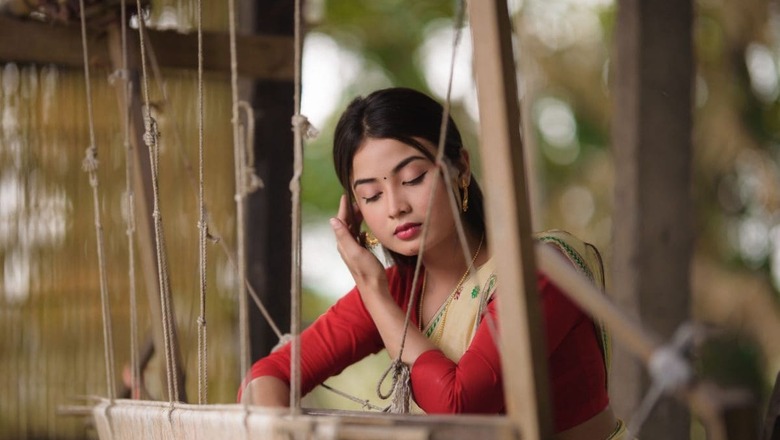
views
As we bid farewell to 2023, India gears up to redefine its fashion narrative in the coming year. With a rich heritage of indigenous crafts and traditions, the country is poised to become a global hub for ethical textiles and sustainable fashion. India, being the second-largest textile producer worldwide, boasts 51% of the world’s organic cotton and 95% of handmade textiles. These natural fibers, including carbon-neutral cotton, banana thread biodegradable fabric, hemp, bamboo, recycled PET bottles, and discarded plastic sheets, form the cornerstone of a sustainable fashion revolution.
The Ministry of Textiles in India is spearheading research into waste management strategies, recognizing the urgent need for a paradigm shift in the industry. The traditional practices of refurbishing and conscious consumption are deeply ingrained in India’s cultural fabric, with items like saris being repurposed through generations. The Circular Design Challenge (CDC), in collaboration with the UN in India, aligns with the nation’s vision to champion sustainability globally.
Shefali Chhachhi, Co-founder, Hearth Ventures, highlights, “Our indigenous traditions and crafts position India as a prominent source for ethical textile and sustainable fashion.” The CDC emphasizes the importance of creating fashion labels that positively impact the environment and communities. Collaborations among designers, consumers, and artisans are fostering unique co-creations, injecting originality into the fashion scene.
Aparna Thyagarajan, Co-founder and Chief Product at Shobitam, notes the rising demand for vegan sarees made from agro waste, indicating a growing consumer consciousness towards sustainable choices. “Pinterest’s forecast for 2024 aligns with this trend, as consumers increasingly gravitate towards sustainable fashion options,” she adds.
The year 2024 is poised to witness an upcycling revolution, where fashion-forward consumers transform cherished sarees and lehengas into versatile pieces like long jackets or beautiful Anarkalis. The mix-and-match trend will continue to flourish, with consumers investing in versatile pieces that can be styled in multiple ways. “2024 will also see a lot of upcycling trends. We will see fashion-forward consumers transforming a treasured saree or a lehenga into a long jacket or a beautiful Anarkali. Upcycling is not only sustainable, it also helps you stand out and express yourself creatively. The mix-and-match trend will also continue in 2024 and we will see consumers investing in one versatile piece like a crop top, elaborate jacket, or shirt that can be mixed and matched and styled in multiple ways, opines Thyagarajan.
India’s foray into pioneering textile waste management solutions reflects a holistic approach, combining policy, technology, and innovative entrepreneurship. The influence of socially and environmentally conscious celebrities is expected to catalyze a shift in consumer behavior, further propelling India towards a sustainable fashion future.
“Collaboration among designers, consumers and artisans will also lead to unique co-creations and more originality, thus providing a useful counter challenge to the boring ubiquity of fast fashion. By fusing a large variety of traditional techniques (such as the Jamdani weave, Chikankari embroidery, and Pochampally Ikkat to name a few of the large variety of crafts) with contemporary design, sustainable fashion brands in India are offering a wide range of high-quality woven fabrics and garments. This enables designers to produce one-of-a-kind and original creations and support artisanal communities, keeping timeless sustainable fashion practices alive,” adds Chhachhi.
As we step into 2024, the fashion landscape in India promises not only to reflect style but also a commitment to sustainability, weaving together tradition and innovation in every fabric and thread.



















Comments
0 comment